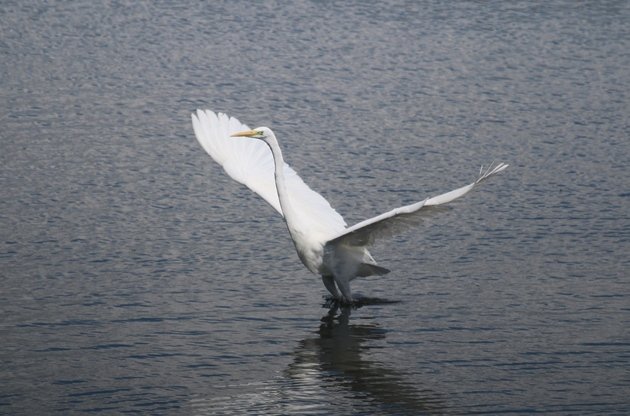
Great Egrets Ardea alba are confusing on many levels. The first level is the most harmless of them all since it only pertains to birders engaged in international conversations: its common name. Known as the Great Egret in the Americas, it was commonly referred to as the Great White Heron in the Old World. This was unfortunate since it invited confusion with the Carribean white morph of the Great Blue Heron, and nowadays it is thus mostly called the Great White Egret. This does appear to make things easier, but it has lead to a confusing situation on the next level, its taxonomic affiliations. Now, in the good old days of old, it was often placed in its own genus Casmerodius. Which was handy. However, based on the fact that is looks like nothing more than a blown-up version of the Intermediate Egret of the genus Egretta, it was occasionally also placed there and was named Egretta alba. Which was also handy since its new common name “egret” then matched its scientific genus Egretta. Recent research however has shown it to be more closely linked to Ardea-herons. Which is as unhandy as can be, since this means a genus formerly exclusive to herons now hosts an egret. The Intermediate Egret – by the way – now resides in isolation within its own genus Mesophoyx. Just so you know. But we’re far from done with the confusion. You see, the Great (White) Heron/Egret is a polytypic species with four subspecies: alba in Europe, egretta in the Americas, melanorhynchos in Africa, and modesta in Asia and Oceania. Now, with so many subspecies scattered over areas with a high degree of geographic isolation, it is no wonder that the status of the various forms is a matter of dispute, but the overall trend is clearly towards splitting the great white long-necked bird into several species. The data for splitting off modesta is pretty compelling, but the rest are still in limbo. Accepting the splitting-off of modesta, this essentially means that six birders scanning a wetland somewhere in Asia could conceivably report the same individual as Casmerodius albus, Egretta alba, Ardea alba, Casmerodius modestus, Egretta modesta and Ardea modesta.
Maintaining a firm focus on the bright side of taxonomy, a split always means vagrant potential, and the different forms must surely be diagnosable in the field then, right? Well, yes they are, and the field marks can be summarized as follows:
alba: plumage white, legs mostly black, bill mostly yellow/orange, size considerable
egretta: legs mostly black, plumage white, bill mostly yellow/orange, size considerable
melanorhynchos: size considerable, plumage white, legs mostly black, bill mostly yellow/orange
modesta: bill mostly yellow/orange, legs mostly black, size considerable, plumage white
This may appear to make identification easy, but it is not. Looking at modesta, we may honestly not even know what exactly modesta is. Birders in Europe mostly see Great Egrets outside their breeding season, when their legs are mostly black with a hue of orange on the upper parts, their bill is yellow and their cere is, too. For a few weeks during their breesding season however, the bill turns black, the cere is turquoise and the upper thighs become pink. This appears to be more pronounced on birds of the form modesta than on European breeding birds of the form alba – at least this is a common conception, or misconception. Intriguingly, birds in such a bright breeding plumage occasionally visit Europe in winter, like this one, and whenever that happens, rumours of those birds belonging to modesta start circulating. However, if you send these pictures to birders in East Asia – the heartland of modesta – the answer will be that they’ve never seen such birds and that their modesta look entirely different. The difference between alba and modesta in Korea, for example, is that in winter modesta is considerably smaller and has greyish upper legs versus alba‘s yellowish upper legs. So the flashy pink-legged Great Whites aren’t modesta then. Modesta should be considerably smaller than alba, which the gaudily-coloured birds are not. But what, then, is the origin of the odd colouration? Well, the current hypothesis is that these birds are nothing more than hormonially overcharged albas. Which sounds fine. Until a friend sends you pictures of a very small Great Egret in Germany in winter – with bright pink legs, a black bill and a turquoise cere.
So much ventured, nothing gained, and subspecific identification – at least of modesta – remains an exercise in futility.
So, what are you to make of this post? Well, obviously the next time you encounter a Great Egret outside, just forget what I said and enjoy the bird.
.



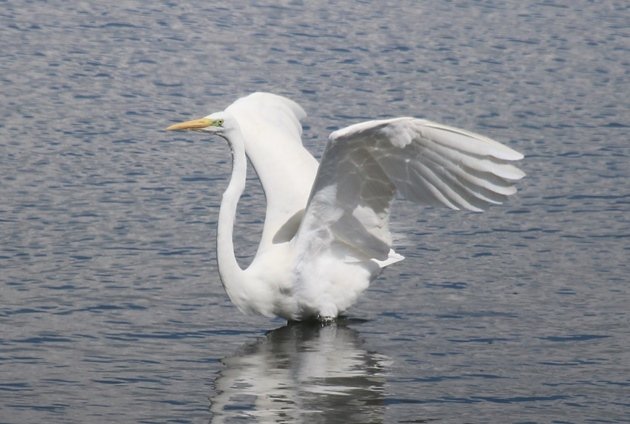
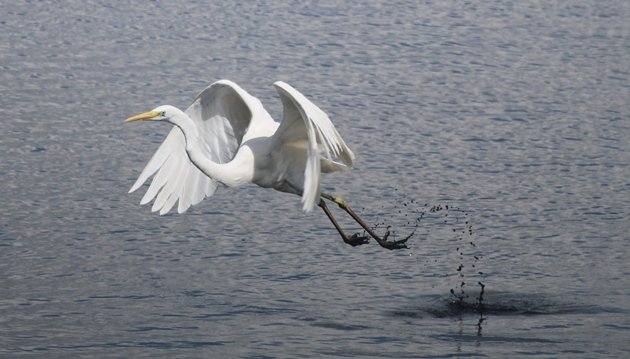
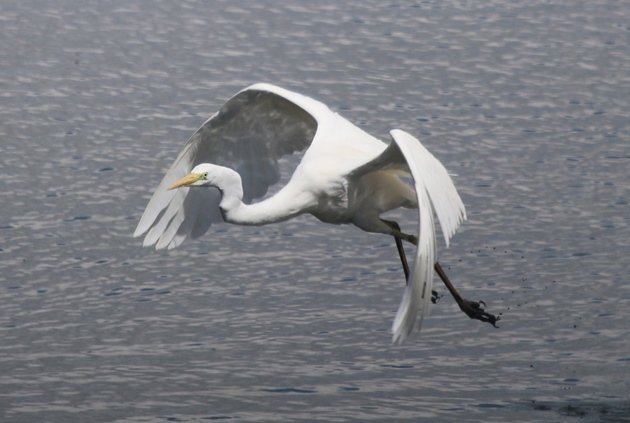
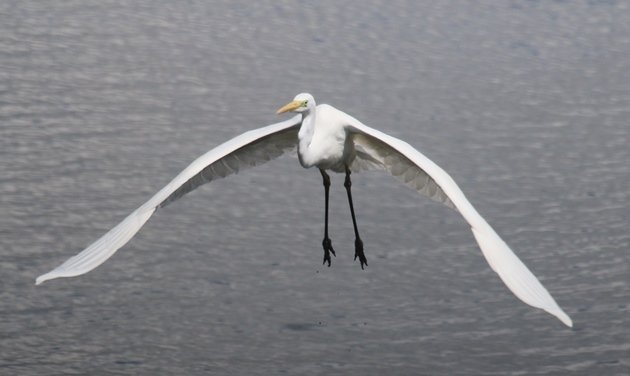
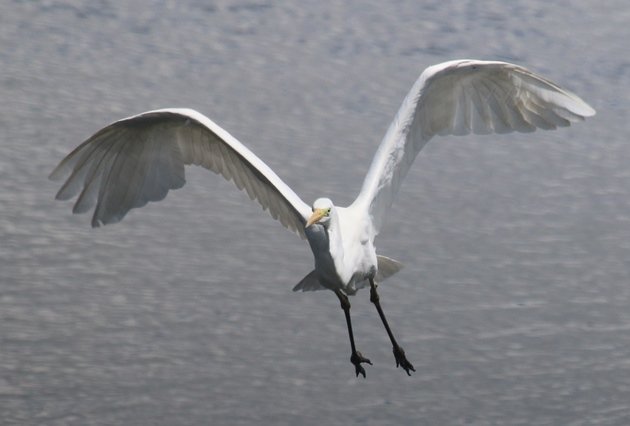



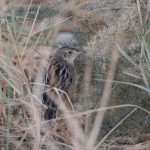
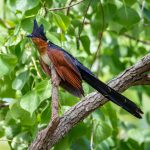





To continue the nomenclatural confusion, the genus Egretta contains “egrets” like Snowy Egret and “herons” like Little Blue Heron and Tricolored Heron.